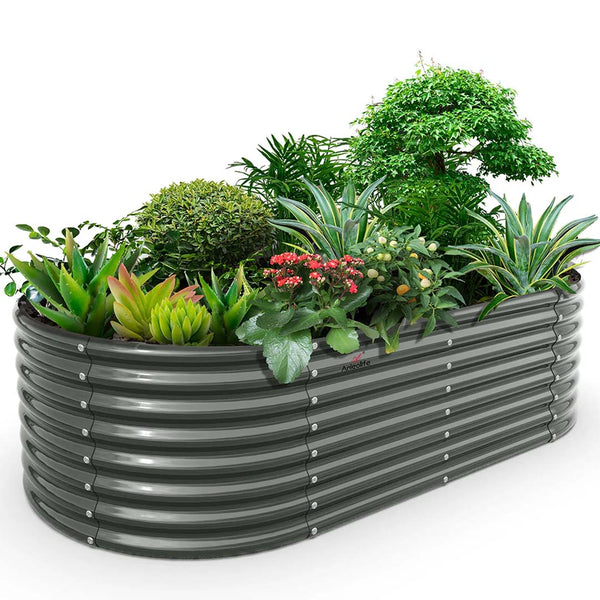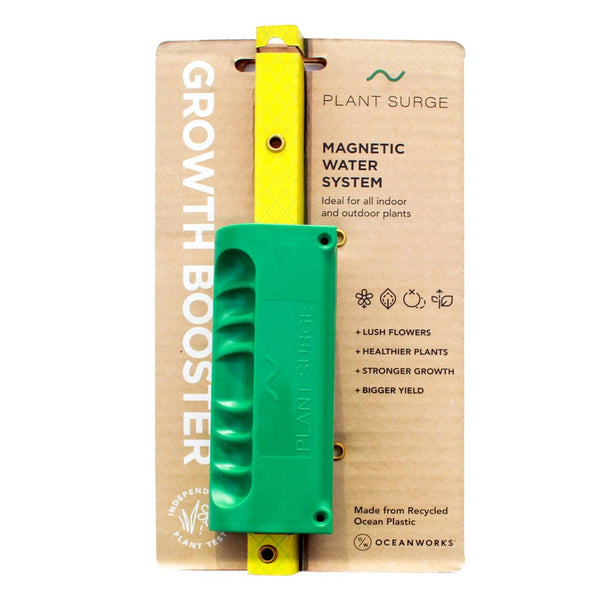The Electro Culture For Beginners Guide That Turns Black Thumbs Green

Understanding Electroculture Gardening
Electroculture gardening is like giving your plants a little electric pep talk. It's a mix of old-school gardening and a dash of electricity to help plants grow better. This method has been around for ages and is based on science that can help us grow healthier and more bountiful gardens.
History and Evolution
Electroculture gardening isn't some newfangled idea. It dates back to the 18th century, thanks to a French scientist named Jean-Baptiste de la Tour, who in 1746, started tinkering with electricity and plants. He noticed that a little zap could make plants grow better. Over time, this technique has caught the eye of both gardeners and researchers because it can boost plant growth, help seeds sprout faster, and make plants soak up nutrients like a sponge (Homes & Gardens, Altifarm).
As we look back, electroculture has gone from being a quirky experiment to a go-to method for many modern gardeners. These days, folks are using it to get bigger harvests and keep their plants in tip-top shape.
Principles of Electroculture
The idea behind electroculture is simple: electricity can give plants a growth boost. By setting up an electric field around plants, we can encourage them to grow stronger and healthier. This method not only helps plants grow but also makes them tougher against bugs and diseases (Homes & Gardens).
In practice, electroculture gardening is pretty straightforward. You bury a wire in the dirt and hook it up to a power source. This creates an electric field that makes it easier for plants to get water and nutrients from the soil. The roots can then soak up these goodies more efficiently, leading to healthier plants and bigger harvests (LinkedIn).
| Principle | Description |
|---|---|
| Electric Field Creation | Bury a wire in the soil to create an electric field around plants. |
| Enhanced Nutrient Uptake | Makes water and nutrients in the soil more available. |
| Cell Division Promotion | Encourages growth through more cell division and elongation. |
| Disease Resistance | Boosts plants' defenses against pests and diseases. |
By getting to know the history and principles of electroculture gardening, we can see how it might change the way we garden. Whether we're health nuts growing our own food or city folks with a green thumb, this method offers a natural way to help our plants thrive. For more tips on how to get started, check out our articles on electroculture gardening and electroculture antennas.
Benefits and Challenges
Electroculture gardening is like giving your plants a little electric pep talk. Let's dig into the good stuff and the not-so-good stuff about this zappy gardening method, so we can see if it fits into our green-thumb plans.
Positive Outcomes
Electroculture gardening is like a secret weapon for plant growth. By giving plants a jolt of electromagnetic frequencies, it helps them grow faster and stronger. This means more veggies, fruits, and flowers for us! Plus, it beefs up their immune systems, so they're less likely to get sick or be bugged by pests.
Here's why electroculture gardening is worth a shot:
| Benefit | Description |
|---|---|
| More Bounty | More fruits, veggies, and flowers to enjoy. |
| Less Watering | Soil holds onto water better, so we don't have to water as much. |
| Healthier Dirt | Soil gets a boost without needing chemical helpers. |
| Eco-Friendly | Cuts down on the need for synthetic fertilizers and pesticides. |
| Tougher Plants | Plants naturally fend off pests and diseases. |
Gardeners and researchers are buzzing about electroculture because it helps plants grow, seeds sprout, and nutrients get absorbed better. It's a cool, sustainable way to garden that could save us some cash and help the planet.
Potential Drawbacks
But hold your horses, electroculture isn't all sunshine and rainbows. One big hiccup is that there's not a ton of scientific research backing it up. A lot of what we know comes from folks' personal stories, which means results can be all over the place because of the tricky nature of electromagnetic fields and the different needs of plants.
Here's what might give us pause:
| Drawback | Description |
|---|---|
| Not Much Science | Mostly based on personal stories, not hard science. |
| Long-Term Mystery | We don't really know what it does to soil and ecosystems over time. |
| Slow to Catch On | Most folks still stick to the old-school ways of gardening. |
While electroculture gardening is a fresh idea that could boost our harvests and plant health, it's not yet the go-to method for most gardeners (Homes & Gardens). As we keep exploring this electrifying approach, we can weigh the pros and cons to see if it jives with our gardening dreams. For more tips on getting started, check out our guide on electroculture gardening.
























